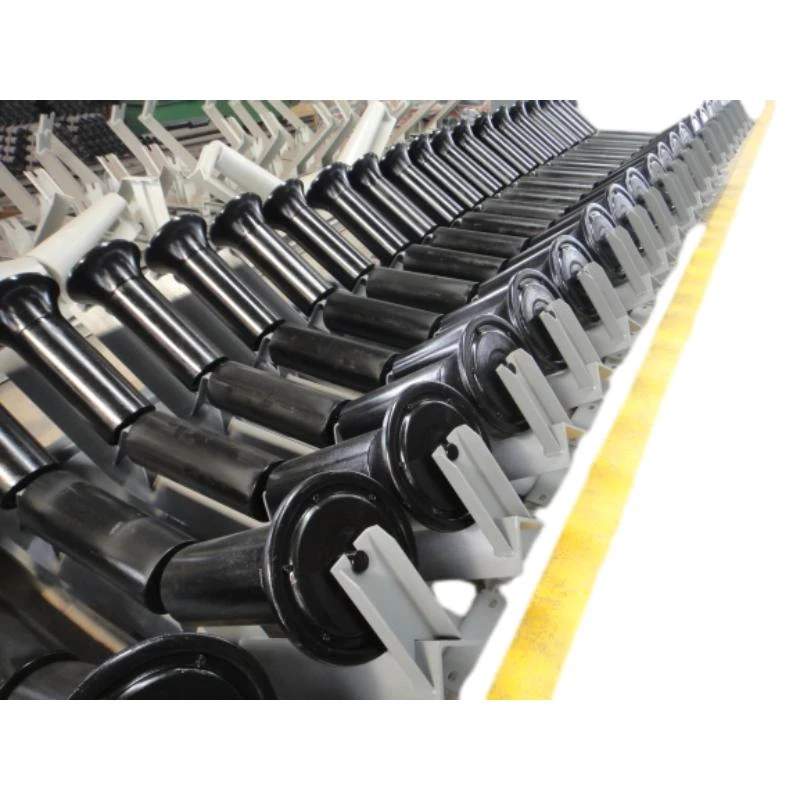 Afrikaans
Afrikaans  Albanian
Albanian  Amharic
Amharic  Arabic
Arabic  Armenian
Armenian  Azerbaijani
Azerbaijani  Basque
Basque  Belarusian
Belarusian  Bengali
Bengali  Bosnian
Bosnian  Bulgarian
Bulgarian  Catalan
Catalan  Cebuano
Cebuano  Corsican
Corsican  Croatian
Croatian  Czech
Czech  Danish
Danish  Dutch
Dutch  English
English  Esperanto
Esperanto  Estonian
Estonian  Finnish
Finnish  French
French  Frisian
Frisian  Galician
Galician  Georgian
Georgian  German
German  Greek
Greek  Gujarati
Gujarati  Haitian Creole
Haitian Creole  hausa
hausa  hawaiian
hawaiian  Hebrew
Hebrew  Hindi
Hindi  Miao
Miao  Hungarian
Hungarian  Icelandic
Icelandic  igbo
igbo  Indonesian
Indonesian  irish
irish  Italian
Italian  Japanese
Japanese  Javanese
Javanese  Kannada
Kannada  kazakh
kazakh  Khmer
Khmer  Rwandese
Rwandese  Korean
Korean  Kurdish
Kurdish  Kyrgyz
Kyrgyz  Lao
Lao  Latin
Latin  Latvian
Latvian  Lithuanian
Lithuanian  Luxembourgish
Luxembourgish  Macedonian
Macedonian  Malgashi
Malgashi  Malay
Malay  Malayalam
Malayalam  Maltese
Maltese  Maori
Maori  Marathi
Marathi  Mongolian
Mongolian  Myanmar
Myanmar  Nepali
Nepali  Norwegian
Norwegian  Norwegian
Norwegian  Occitan
Occitan  Pashto
Pashto  Persian
Persian  Polish
Polish  Portuguese
Portuguese  Punjabi
Punjabi  Romanian
Romanian  Russian
Russian  Samoan
Samoan  Scottish Gaelic
Scottish Gaelic  Serbian
Serbian  Sesotho
Sesotho  Shona
Shona  Sindhi
Sindhi  Sinhala
Sinhala  Slovak
Slovak  Slovenian
Slovenian  Somali
Somali  Spanish
Spanish  Sundanese
Sundanese  Swahili
Swahili  Swedish
Swedish  Tagalog
Tagalog  Tajik
Tajik  Tamil
Tamil  Tatar
Tatar  Telugu
Telugu  Thai
Thai  Turkish
Turkish  Turkmen
Turkmen  Ukrainian
Ukrainian  Urdu
Urdu  Uighur
Uighur  Uzbek
Uzbek  Vietnamese
Vietnamese  Welsh
Welsh  Bantu
Bantu  Yiddish
Yiddish  Yoruba
Yoruba  Zulu
Zulu conveyor trough rollers
Understanding Conveyor Trough Rollers A Key Component in Material Handling
Conveyor systems are integral to modern industrial and manufacturing processes, playing a pivotal role in the efficiency of material handling. One essential component of these systems is the conveyor trough roller. Understanding the functionality, design, and applications of these rollers is crucial for optimizing conveyor performance.
What Are Conveyor Trough Rollers?
Conveyor trough rollers are cylindrical components that support and guide the conveyor belts along their paths. These rollers are typically mounted on frames and arranged in a trough configuration, which helps accommodate and secure bulk materials during transportation. The design of the trough roller allows it to carry heavier loads while minimizing the risk of spillage and ensuring a more controlled flow of materials.
The Importance of Design
The design of trough rollers is critical for their functional performance. They are constructed using durable materials such as steel or plastic to withstand harsh working conditions, including heavy loads, abrasive materials, and extreme temperatures. High-quality bearings are often employed within the rollers to ensure smooth rotation and reduce friction, leading to lower energy consumption and enhanced longevity.
Rollers come in various diameters and widths, making it essential for system designers to choose the right specifications according to their application. The angle of the roller alignment and the surface texture can also be adjusted to optimize grip and stabilize the material being conveyed. A tapered design at the edges of the roller can further enhance material containment and prevent overflow.
Applications Across Industries
Conveyor trough rollers find applications in various industries, including mining, agriculture, construction, and manufacturing. In mining operations, for instance, they are employed to transport heavy bulk materials such as coal, ores, and gravel through long conveyor systems. In agriculture, they facilitate the movement of harvested crops, seeds, and fertilizers with minimal damage.
conveyor trough rollers

In manufacturing, these rollers are used in assembly lines to move components from one station to another, ensuring a smooth workflow. Their ability to handle diverse materials makes them versatile tools across sectors, improving efficiency and productivity.
Benefits of Using Conveyor Trough Rollers
The benefits of incorporating trough rollers into conveyor systems are manifold. Firstly, they help in minimizing material loss, which directly contributes to cost savings. By providing a structured path for materials, they prevent spillage and improve the overall handling process, allowing for a more organized operation.
Moreover, the enhanced roller design reduces wear and tear on both the conveyor belt and the rollers themselves. This longevity reduces maintenance costs and downtime, making systems more reliable and efficient. Additionally, by ensuring a consistent and steady flow of materials, they contribute to increased throughput and better operational productivity.
Maintenance Considerations
While conveyor trough rollers are designed for durability, regular maintenance is still paramount to ensure their longevity. This includes routine inspections for signs of wear, proper lubrication of bearings, and replacement of damaged components. By adopting a proactive maintenance approach, companies can avoid potential disruptions in their material handling processes.
Conclusion
Conveyor trough rollers are a fundamental element in the expansive landscape of material handling systems. Their robust design, adaptability, and efficiency render them invaluable across various industries. As companies continue to seek ways to enhance their operational efficiency, understanding and investing in high-quality conveyor trough rollers will remain a wise decision. By ensuring optimal performance through regular maintenance and appropriate design choices, businesses can maximize their productivity and reduce costs in the long run.
-
Revolutionizing Conveyor Reliability with Advanced Rubber Lagging PulleysNewsJul.22,2025
-
Powering Precision and Durability with Expert Manufacturers of Conveyor ComponentsNewsJul.22,2025
-
Optimizing Conveyor Systems with Advanced Conveyor AccessoriesNewsJul.22,2025
-
Maximize Conveyor Efficiency with Quality Conveyor Idler PulleysNewsJul.22,2025
-
Future-Proof Your Conveyor System with High-Performance Polyurethane RollerNewsJul.22,2025
-
Driving Efficiency Forward with Quality Idlers and RollersNewsJul.22,2025





























